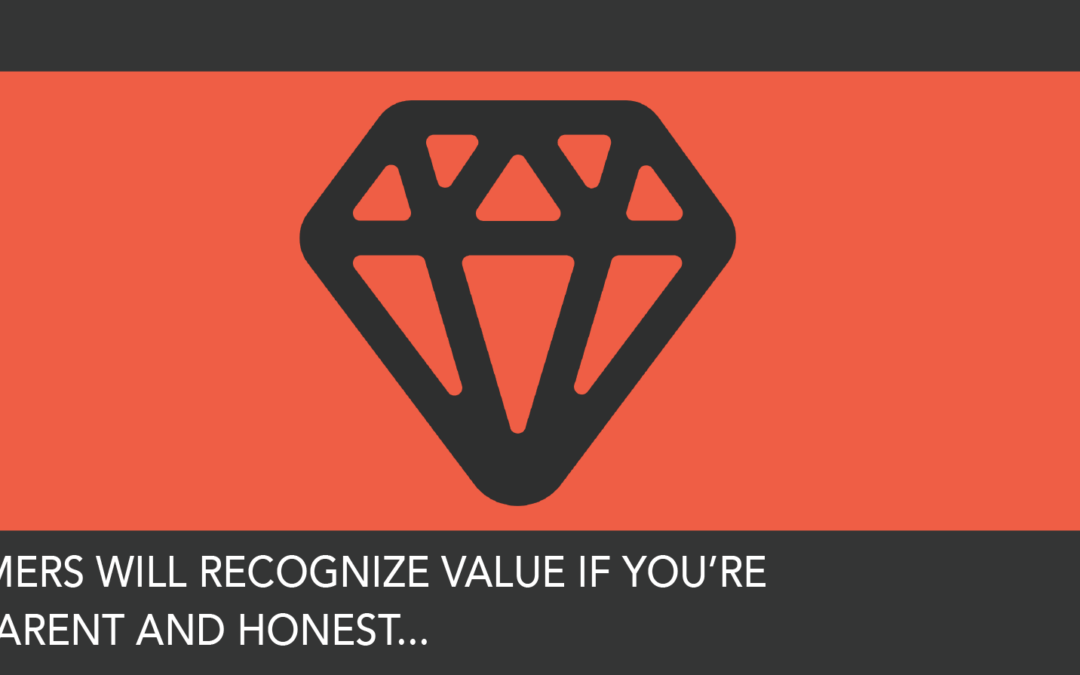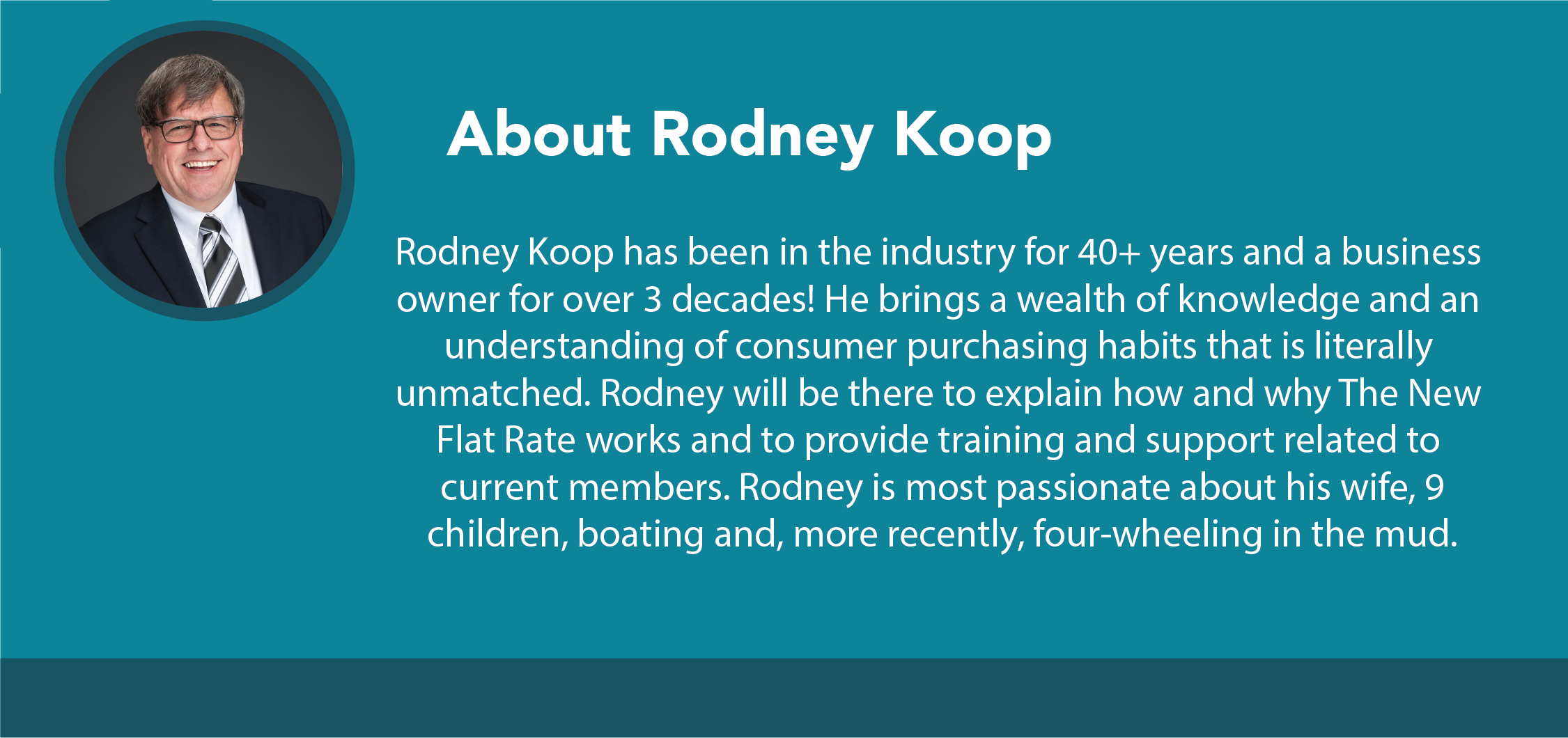Contractor Magazine published a great article by Rodney Koop! CLICK HERE to check it out, or read it below.
At my age, I think about the good old days a lot, though memory seems to make them better than they actually were.
When I was asked to write an article about flat rate, that phrase came to mind. Aww, I remember the good old days of flat rate pricing. When it seemed like such a good thing.
But here’s what memory has forgotten. Flat rate pricing is a name we gave to what should have been called “upfront pricing.” Most of you old folks like me remember how it was back in the late 80s and 90s, when the customer never complained about the price of the parts, did they? Think about that for a while. They never complained about the price of the part.
Time and material pricing is the alternative to flat rate pricing. This is honorable and can be very profitable if you keep your labor prices low, have reasonable markups on material, and stay busy.
This is called “the volume business model.” Don’t criticize T&M contractors who are busy.
They usually do not have the ups and downs of other contractors, and they usually have a boat. Now, the problem that T&M contractors run into is when they need to raise their prices to cover overhead, it has a way of creeping up. Then their prices look unreasonable, and they have upset customers. Upset customers hurt the volume business model.
Up-front pricing solves the problem of the upset customer because it is a “no surprise” business model. Up-front negotiations are honorable and are not very likely to leave an upset, unhappy customer. If they perceive that your prices are unreasonable, they can ask you to leave and continue to shop around. This is fair for all, and if they find that your price was reasonable compared to other prices they find, they will not be unwilling to recommend you or use your services in the future.
But there is a hang-up point now for customers now: the prices of materials. The cost of part is the only thing they have to compare in today’s world, and it makes you look bad. Actually, it makes you look like a crook when you show the customer a price for a flapper at $189 dollars.
How did we get here? Answer: In August of 1998; Amazon began selling more than just books. By 1999, The Home Depot and Lowe’s were putting big box stores on practically every street corner in America (or so it seemed). By 1999, parts were coming available on eBay, Amazon, and online forums. The world changed at the same time many contractors were putting the labor, the material, the overhead, the profit, even the sales tax, on to the part and showing the in their flat rate books at a price that looked crazy.
Because by the late 90s, the customer knew the truth that parts are cheap. And that put great resistance on the service man who had to explain or try to save the call by explaining why the prices looked high.
Face it, in 2020, your customers can type with their thumbs on a smart phone faster than your technician can talk, and they can see for a fact that a fill valve is $9.95 on Amazon Prime with same day shipping. Almost anyone can have one personally, professionally delivered by a well-dressed driver in a brown van in less than 24 hours.
We all need to take a hard look at why we make contracting so hard by acting like an out of date wholesaler with prices that are too high.
It’s funny, but the time and material contractors are the ones with the happy customers and high closing rates. So, is flat rate pricing obsolete? No, but it has to change. What we can do is remember a very powerful principle: “It’s always about price. Until you make it about something else.”
Make it about something else. Give the customer some options from band-aid to great to excellent. Tell them that your suggestion would be to completely rebuild the system for $1,000, and they’ll be good to go for years. Or that you could do to the minimum and just replace a couple of parts for $500, with the understanding you might have to come back in a few months.
Customers will recognize value if you’re transparent and honest.
That’s all it takes. So, make it about something else. Make it about value.
Pricing enthusiast Rodney Koop is the founder and CEO of The New Flat Rate, a home service menu-selling system designed to put profit directly into the hands of plumbing, electrical, and HVAC contractors.





